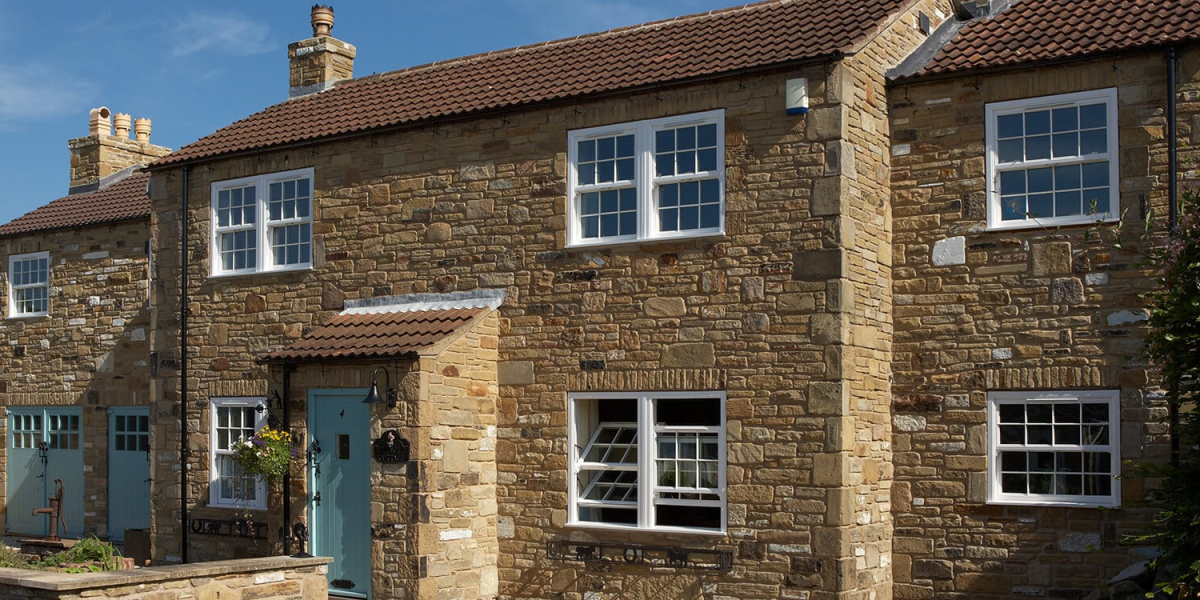Introduction
Double glazing refers to the use of two panes of glass in a window or door, with an air or gas-filled space between them. This design significantly enhances thermal insulation, noise reduction, and overall energy efficiency compared to single-glazed windows. As energy costs rise and environmental concerns grow, double glazing has become increasingly popular in residential and commercial buildings. This report explores the benefits, types, installation processes, and considerations associated with double glazing.
Benefits of Double Glazing
- Thermal Efficiency: One of the primary advantages of double glazing is its ability to minimize heat loss. The air or gas trapped between the two panes acts as an insulator, reducing the amount of heat that escapes in winter and preventing heat from entering during summer. This can lead to lower energy bills and a more comfortable indoor environment.
- Noise Reduction: Double glazing provides excellent sound insulation. The two layers of glass, along with the space between them, help to absorb and block sound waves. This is particularly beneficial for homes located in noisy areas, such as near busy roads or airports.
- Increased Security: Double-glazed windows are more difficult to break than single-glazed ones, making them a deterrent for potential intruders. The additional pane of glass adds an extra layer of protection, enhancing the overall security of the property.
- Reduced Condensation: Double glazing minimizes condensation on the interior surfaces of windows. This is because the inner pane remains warmer than single-glazed windows, reducing the likelihood of moisture forming on the glass.
- Environmental Impact: By improving energy efficiency, double glazing contributes to a reduction in carbon footprints. Homes that utilize double glazing require less energy for heating and cooling, which can lead to lower greenhouse gas emissions.
Types of Double Glazing
Double glazing can be categorized based on the type of gas used, the frame materials, and the specific design features.
- Gas-Filled Double Glazing: The space between the two panes of glass can be filled with argon, krypton, or xenon gases, which provide better insulation than regular air. Argon is the most commonly used due to its cost-effectiveness and efficiency.
- Low-E Glass: Low-emissivity (Low-E) glass has a special coating that reflects heat back into the room while allowing light to pass through. This technology enhances thermal performance and can further reduce energy costs.
- Frame Materials: Double-glazed windows can be constructed with various frame materials, including uPVC, aluminum, wood, and composite materials. Each material has its own advantages and disadvantages, affecting aesthetics, insulation, and maintenance requirements.
- Triple Glazing: Although not strictly double glazing, triple glazing involves three panes of glass and offers even greater thermal efficiency and noise reduction. It is particularly useful in extremely cold climates.
Installation Process
The installation of double glazing involves several key steps:
- Assessment: A professional will assess the property to determine the best type of double glazing suited to the specific needs and conditions of the building.
- Measurement: Accurate measurements of existing windows are crucial to ensure a proper fit for the new double-glazed units.
- Removal of Old Windows: The existing windows are carefully removed to avoid damage to the surrounding structure.
- Preparation: The window frames are prepared for the new units, which may involve cleaning, repairing, or reinforcing the existing framework.
- Installation: The new double-glazed units are fitted into the frames, ensuring a secure and airtight seal. Proper installation is critical to maximize energy efficiency and performance.
- Finishing Touches: Once installed, any necessary finishing touches, such as caulking or trim work, telegra.ph/Double-Glazing-Watford-Invest-in-Comfort-and-Efficiency-07-03 are completed to ensure a polished look.
Considerations
While double glazing offers numerous benefits, there are several considerations to keep in mind:
- Cost: The initial investment for double glazing can be higher than that of single glazing. However, the long-term energy savings and increased property value often offset this initial expense.
- Maintenance: Double-glazed windows require regular maintenance to ensure they function optimally. This includes cleaning the glass and checking for any signs of damage or wear in the seals.
- Building Regulations: In many regions, there are building regulations and standards that govern the installation of double glazing. It is essential to ensure that any installation complies with local codes to avoid potential legal issues.
- Aesthetic Impact: Homeowners should consider how double glazing will affect the appearance of their property. While many modern double-glazed windows are designed to be aesthetically pleasing, some may prefer the traditional look of single-glazed windows.
Conclusion
Double glazing is a highly effective solution for improving the energy efficiency, comfort, and security of residential and commercial buildings. With benefits such as reduced heat loss, noise insulation, and enhanced security, it is a worthwhile investment for many property owners. Understanding the types of double glazing available, the installation process, and the associated considerations can help individuals make informed decisions regarding their glazing needs. As the demand for energy-efficient solutions continues to rise, double glazing will likely remain a popular choice for enhancing building performance and sustainability.








